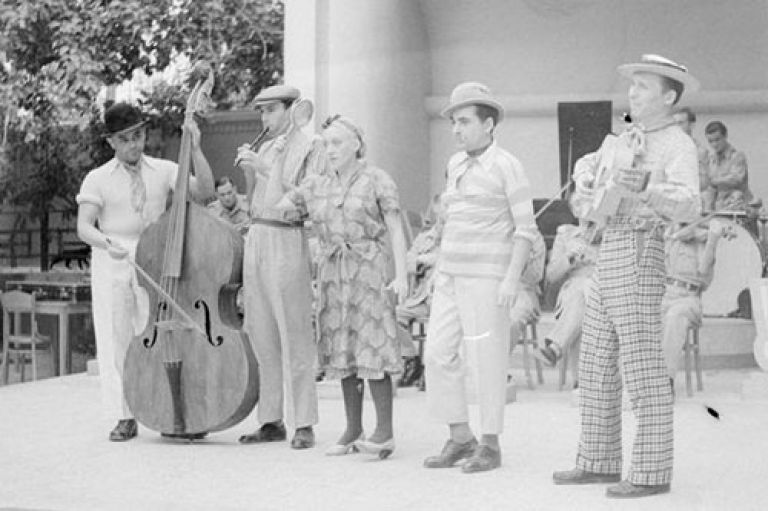Sound, accessibility and acoustic practitioners gather for a conference around how to improve sound in museums.
By Eve Lacroix (Senior Communications Officer), Published
Imagine walking into a museum to see an exhibition you are looking forward to.
You arrive at the venue excited, but once you enter the building, you are hit by a wall of sounds bouncing off the concrete walls. You start to feel uneasy.
The noise melts together, and you can no longer distinguish what sound is a fellow visitor chatting, or your audio guide telling you about the artwork, or your friend speaking to you. You begin to feel panicked and need to leave the venue immediately.
This is sensory overload.
To discuss a range of issues around sound, access and equity in public space, music and sound studies researcher Professor Laudan Nooshin organised the conference “Sound museums: designing for inclusion, wellbeing and community” at City, University of London.
Sound museums conference
The conference was hosted at City in partnership with Charcoalblue, Apex Acoustics, the Institute of Acoustics and SPARC (Sound, Practice & Research at City).
Professor Nooshin curated the event as part of her current AHRC-funded secondment to the theatre, acoustics and experience consultancy Charcoalblue.
The secondment is part of a pilot scheme to facilitate exchange between universities and industry and includes a research project on sound and equity in public space, with a focus on museums.
The 14 speakers included a mix of professionals from large construction and design companies such as Buro Happold and ARUP; acousticians from Charcoalblue, Apex Acoustics, Sustainable Acoustics and Ecophon, and access specialists from the Science Museum and the Fitzwilliam Museum (Cambridge).

Focused on the theme of ‘sound’, topics of discussion included: how sound could be used to make museums more pleasant and lasting experiences; sound absorption; how to create quiet “refuge spaces” for visitors; and the ways in which museums remain overly focused on sight. Talks included:
- Researcher Aimee Fletcher from the University of Glasgow discussing how to create accessible museums for neurodivergent audiences
- Shane Cryer from acoustic sound absorber company Ecophon and Peter Rogers from Sustainable Acoustics discussing how to lessen noise in the Winchester Science Centre, because its pyramid design created a challenging environment for neurodivergent visitors
- Charlotte Slark and Alison Eardley from the Sensational Museum discussed how some museums are looking to create more multisensory experiences for visitors, by adding in sound, smell and taste.
The event welcomed 60 audience members from a range of professional backgrounds, including museum curators and other heritage sector professionals, access specialists, acousticians, exhibition designers, sound and AV designers, and architects and other built environment professionals, as well as academics in fields such as museum studies, music and sound studies and disability studies.
Bringing together academic research and industry expertise
In an exchange of knowledge and current practices, the event was an opportunity for practitioners to explore how to better design museums in terms of sound and accessibility and how to make better use of sound in these venues.
Speaker Angus Deuchars, from engineering and design consultancy Arup, gave a presentation on the ways in which sound could be used in museums to deepen a visitor’s experience. He said: “I found it an engaging and thought-provoking session.”
Fellow participant Hanieh Motamedian from Pure AV noted, “Inclusion in public spaces – and corporate spaces – is something which is being talked about more and more but we’re still very behind in not only our understanding but also how to implement changes designed to make life easier.”
The event received lots of positive feedback and bridged the gap between academia and practice. Professor Nooshin said:



